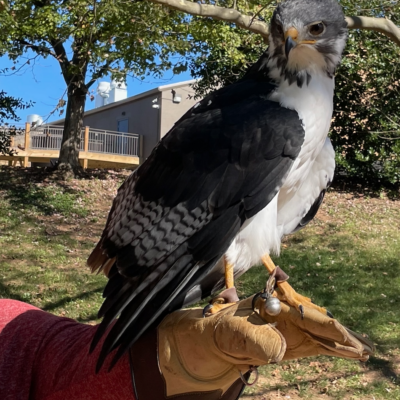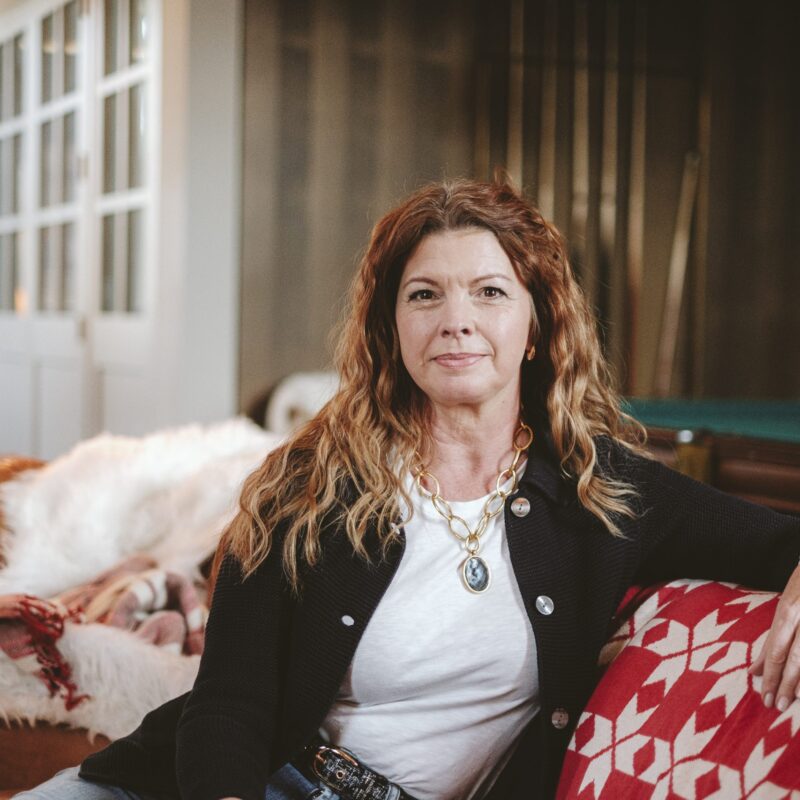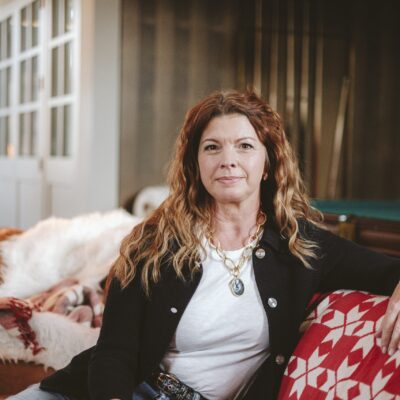Last week marked the fourth anniversary of Seung-Hui Cho’s shooting rampage on the campus of Virginia Tech that killed 32, plus Cho, and injured 17. In the four years since, even as Nidal Malik Hasan and Jared Lee Loughner have used legally-purchased firearms for mass murder, there has been little progress in reforming the loose gun laws that, depending on where you stand on the issue, caused the shootings or cut them short.
|
Colin Goddard was shot four times in Seung-Hui Cho’s 2007 rampage that killed 32. A new film, Living for 32, traces his path from college student to victim to gun control advocate. Goddard presents it at a screening with his father, Andrew, a gun control and mental health activist, sponsored by The Virginia Film Festival and University Programs Council on April 19 at 7pm at UVA’s Newcomb Hall Theater. |
“That’s part of why I chose to get involved when I did, and share my story,” says Colin Goddard, who was in a second-semester French class in Tech’s Norris Hall when he was hit by four of Cho’s bullets. He is the subject of Living for 32, a new documentary that blends his personal journey to recovery with his work as an advocate for gun control. Goddard and his father, Andrew Goddard, a gun control and mental health advocate, participate in a Q&A after a screening, at 7pm on April 19 at UVA’s Newcomb Hall Theater.
Living for 32 is named for the 32 Virginia Tech victims, but Goddard also cites it as the number of Americans killed daily in gun violence. The film earned a place at the 2011 Sundance Film Festival and was shortlisted for an Academy Award. It shows how Goddard, an International Studies major at Virginia Tech who was the first to call 911 before being shot four times, came to devote his life to those reforms, taking a hidden camera to gun shows to illustrate “how easy it is for anyone to buy a gun, with no identification, no Brady background check, and just a wad of cash.”
The film also explores why gun violence splits public opinion in two. There are those who say, hey, maybe a college student whom a Virginia judge had ruled two years earlier “an imminent danger to himself because of mental illness” shouldn’t have been able to legally purchase a pair of handguns. And then there are those who say, hey, if only there were more guns in the room, then many of those lives would have been saved.
“When I learned that people think the way to deal with school shootings is to allow more people to shoot, is to allow students to bring guns to school, I thought, God. This is not the way forward,” he says. Goddard, who is also featured in Barbara Kopple’s new documentary Gun Fight, says that background checks—which might have prevented Cho, Hasan and Loughner from buying guns—need to be improved. “If we were making sure that all of the background checks had all the records they need to run effectively, and we still had 30,000 being shot and killed, and 70,000 being shot and surviving, then we could look at other options,” says Goddard, who notes that his father holds a conceal carry license but has never shot a gun.
After the shooting Goddard returned to Virginia Tech and earned his degree. “I got to go back to the classroom setting, and back to where everything happened, and then learn to once again become comfortable and productive in that environment.” He says that the movie is a relief, in that he doesn’t have to personally recount the story every time he makes an appearance. “I don’t watch the film every time. I usually hang around the back and pace around nervously,” he says.
People often tell Goddard that, if they were in the room with a gun, lives would have been saved. “People see what’s happened to other people and say, ‘I’m going to bring my gun. This is not going to happen to me,’” he says. “When people can tell me so surely what they would have done in the craziest situation in their lives—how sure they are of how they would have reacted. It’s absurd. No one knows until you’re reacting.”
/LivingFor32.jpg)





